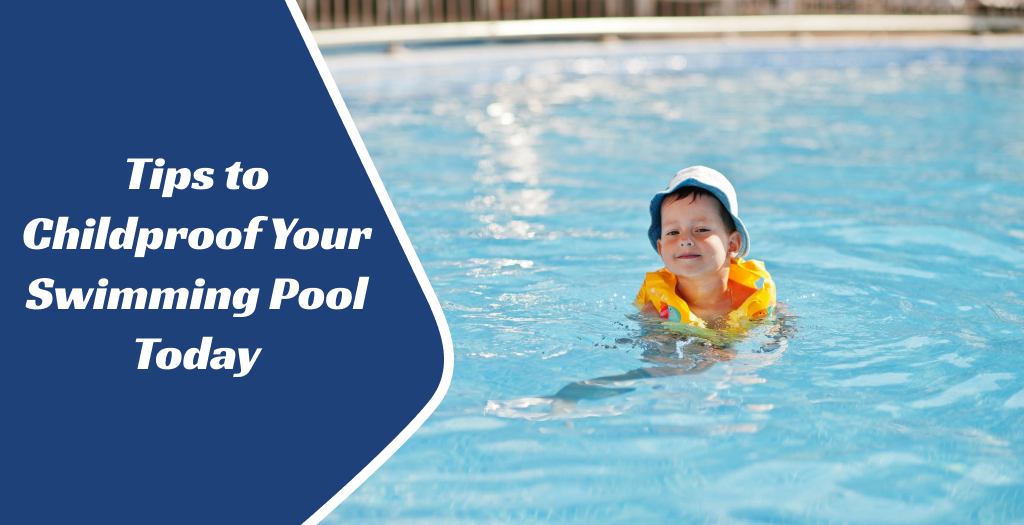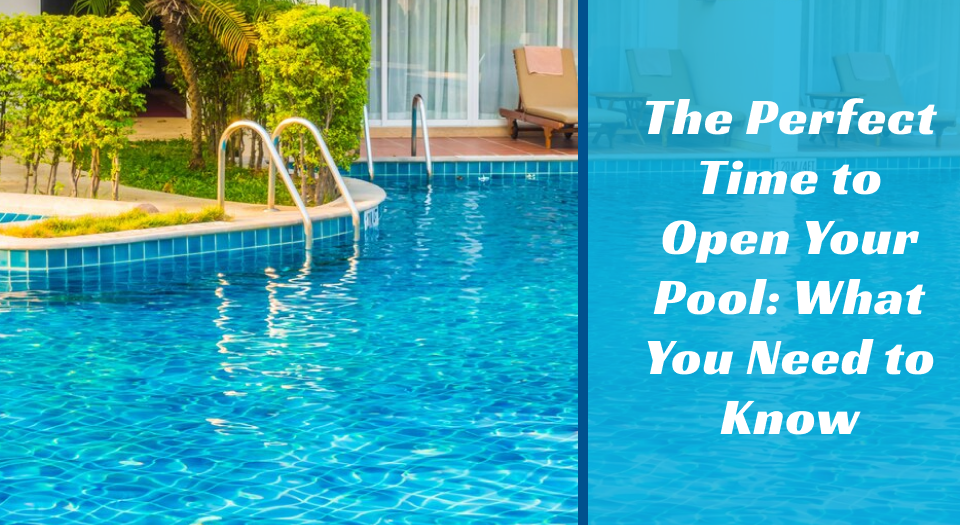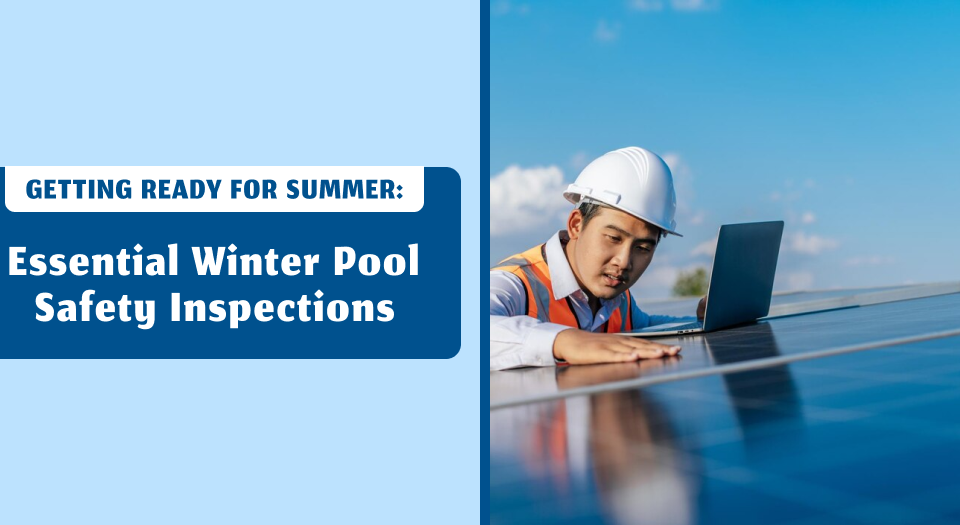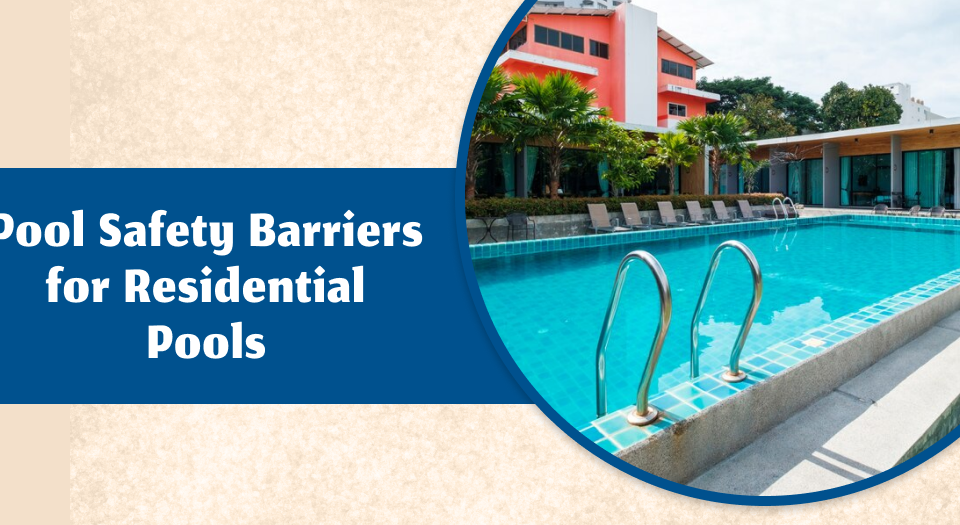
Getting Ready for Summer: Essential Winter Pool Safety Inspections
March 28, 2025
The Perfect Time to Open Your Pool : What You Need to Know
April 30, 2025A swimming pool can be the centerpiece of family fun and relaxation, but it can also be a serious safety hazard for households with young children if not properly secured. Drowning remains a leading cause of accidental death among young children, and often, it happens silently and quickly — sometimes even when adults are nearby.
If you have a pool at home, childproofing it isn’t just a good idea — it’s necessary. Today, we’re sharing practical, real-world tips to help you create a safer environment around your pool and reduce risks. At Life Saver Pool Fence, protecting families has always been our mission, and with the right precautions, you can enjoy your pool with greater peace of mind.
1. Install a Pool Fence — the Right Way
Installing a high-quality pool fence is one of the most effective ways to childproof your pool. Not just any fence will do. It should be:
- At least four feet high (though five feet is better).
- Made of sturdy, climb-resistant materials.
- Equipped with a self-latching, self-closing gate that locks securely.
- Installed in a way that completely isolates the pool from the house and yard.
Like the ones offered by Life Saver Pool Fence, a removable mesh pool fence is an excellent option. It’s strong, durable, and transparent enough to see your pool area without compromising safety. Plus, it’s removable when you need full access — but durable enough to stay in place year-round.
2. Use Alarms as Your Backup
While barriers are essential, technology can add an extra layer of protection. Consider installing:
- Gate alarms sound when the pool gate is opened.
- Door alarms on any house doors leading to the pool area.
- Pool surface alarms that detect water disturbances.
- Wearable alarms alert you if a child wearing the device enters the water.
Think of alarms as your second line of defense. They aren’t a substitute for fences and supervision, but they can alert you instantly if a child enters the pool area unsupervised.
3. Keep the Pool Area Tidy and Temptation-Free
Children are naturally curious. A colorful float, a ball bobbing in the water, or pool toys left lying around can be incredibly enticing. Always:
- Remove toys and floats from the pool when not in use.
- Store pool toys out of sight and reach.
- Avoid leaving furniture, ladders, or anything climbable near the fence.
Reducing the pool’s appeal when not in use lowers the chances of a child being tempted to breach your barriers.
4. Cover Your Pool Properly
Pool covers are another layer of protection, but they must be safety covers, not simple solar covers. A true safety cover is:
- Strong enough to support a child’s weight (or even an adult).
- Anchored securely around the pool’s perimeter.
- Designed specifically to prevent accidental entry into the water.
Solar covers, while great for maintaining water temperature, are actually dangerous for child safety. They can create a false sense of security and even entrap a child underneath.
If you’re using a cover, double-check that it meets ASTM (American Society for Testing and Materials) standards for safety.
5. Teach Children Water Safety Early
Education is an underrated but critical tool in your childproofing arsenal. Teach your children:
- Basic swimming skills as early as appropriate.
- How to float, tread water, and reach the pool’s edge.
- Never go near the pool without adult supervision.
Enroll your kids in age-appropriate swim lessons. Many organizations offer “water acclimation” classes for infants and toddlers that emphasize basic survival skills. While no child is ever “drown-proof,” even basic swimming competence can make a difference in an emergency.
6. Establish Pool Rules — and Enforce Them
Consistency is key. Set clear rules about pool use and enforce them every time. Some essential pool rules could include the following:
- No swimming without an adult present.
- No running or roughhousing near the pool.
- No opening the pool gate without permission.
- Always wear flotation devices if you are not a strong swimmer.
Post your pool rules where they are clearly visible — colorful signs can be a fun and effective reminder for kids and adults alike.
7. Be a Vigilant Supervisor
Childproofing tools like fences, alarms, and covers are critical, but nothing replaces active adult supervision. Drowning can happen in seconds — often silently — so never assume you’ll hear splashing or cries for help.
When children are in or near the water:
- Assign a designated “Water Watcher” whose sole responsibility is to keep an eye on the swimmers.
- Rotate supervision duties every 15-30 minutes among responsible adults to prevent lapses due to fatigue.
- Avoid distractions like phones, conversations, or chores while supervising.
If you’re hosting a pool party or gathering, consider using a simple tag or lanyard system to identify the current Water Watcher.
8. CPR Training Can Save Lives
Despite all precautions, accidents can still happen. Being prepared to act quickly can mean the difference between life and death. All pool owners — and ideally everyone in the household — should be trained in:
- CPR (cardiopulmonary resuscitation)
- First aid for drowning incidents
Look for local classes through community centers, hospitals, or the American Red Cross. Many offer family-friendly courses that teach both adult and pediatric CPR.
9. Inspect Your Pool Area Regularly
Finally, childproofing isn’t a “set it and forget it” task. Over time, equipment can wear out, fences can become loose, and circumstances can change. Regularly:
- Check your fence for gaps, loose posts, or broken latches.
- Test alarms to ensure they are functioning correctly.
- Inspect covers for signs of damage.
- Reassess your setup if you add features like a hot tub, spa, or new furniture.
Staying proactive helps you catch small issues before they become major safety hazards.
Conclusion: A Safer Pool, A Happier Family
Childproofing your swimming pool is an ongoing commitment, but it’s worth it for the safety and security of your family. By combining physical barriers like a sturdy Life Saver Pool Fence, backup systems like alarms, safety education, and active supervision, you create a multi-layered approach that significantly reduces the risk of accidents.
The goal isn’t to make your pool a no-fun zone — it’s to create a space where fun and safety go hand in hand. Taking these steps today gives you more freedom to relax, knowing that you’ve done everything possible to protect the ones you love most.
If you’re ready to make your pool a safer place, don’t wait. Install a trusted pool fence, stay alert, and enjoy every moment by the water with peace of mind.




